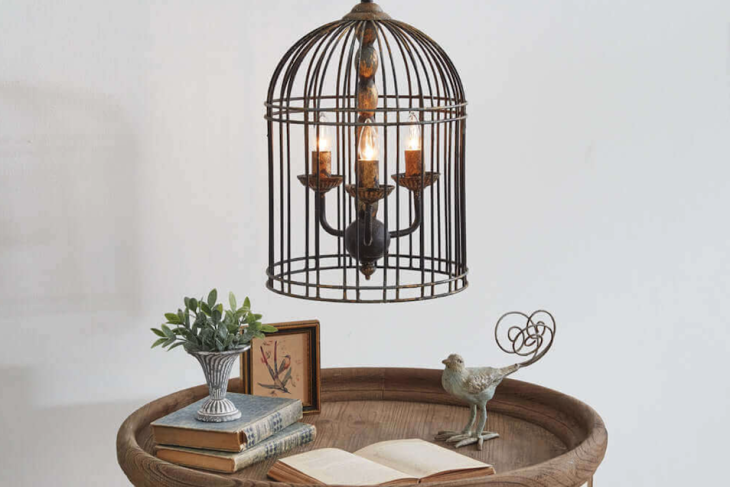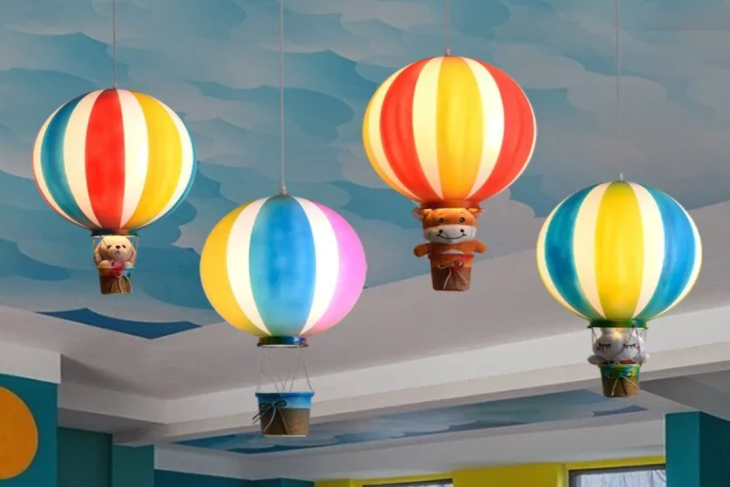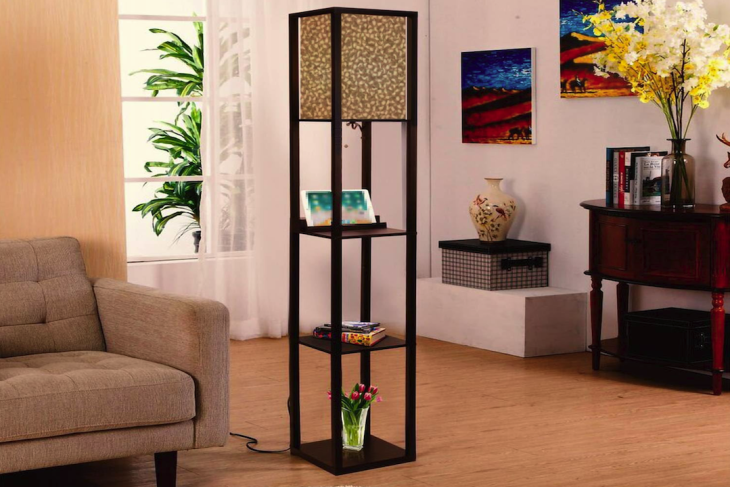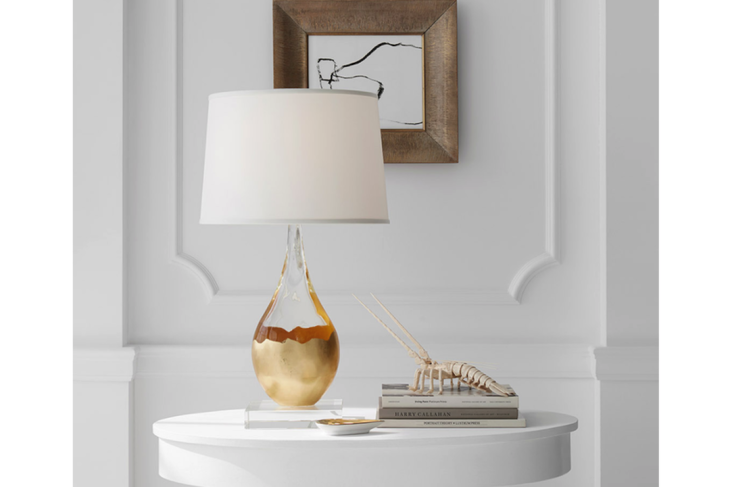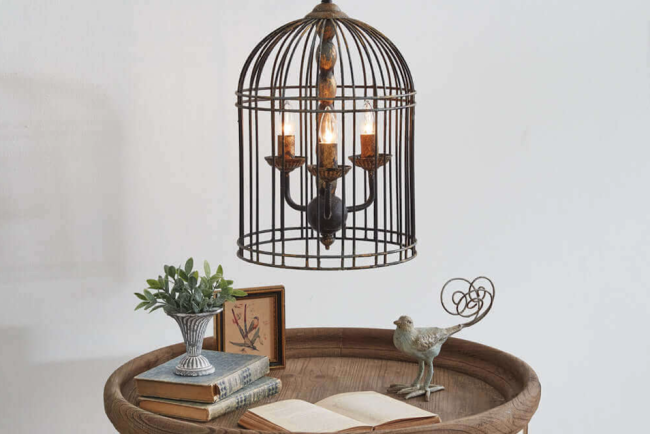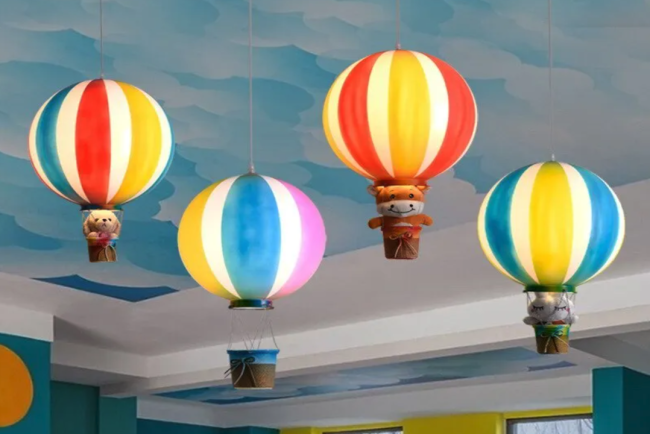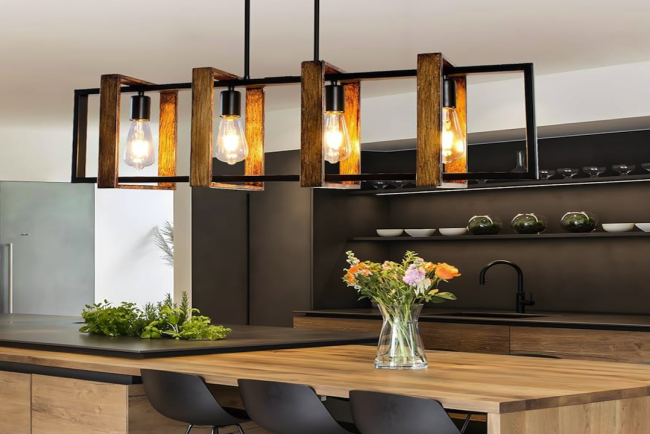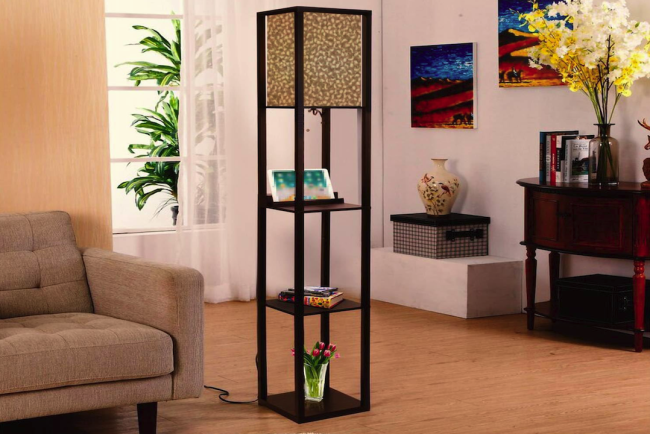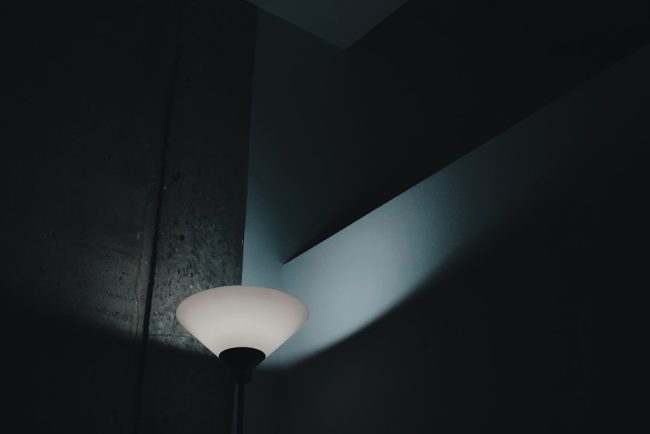
Contemporary chandelier design has evolved significantly from its traditional origins, becoming a diverse and innovative field that merges art, technology, and functionality. While chandeliers have long symbolized luxury and elegance, recent years have seen designers and manufacturers expanding the boundaries of chandelier design. Modern chandeliers now incorporate unique materials, customizable features, energy-efficient technologies, and smart home integration, making them more versatile and dynamic than ever before.
This article examines the evolution of chandelier design Vertigolamp, exploring the use of modern materials and technologies in construction, innovative and personalized designs, eco-friendly and sustainable options, the integration of smart home features, and the future trends in contemporary chandelier innovations.
The Evolution of Chandelier Design
Mass Production and Accessibility
In the 20th century, chandeliers became more accessible to the general public as mass production techniques made them more affordable. This shift in production enabled more people to own and enjoy chandeliers in their homes.
Modern Experimentation and Innovation
However, it wasn’t until the late 20th and early 21st centuries that chandelier design truly began to evolve in new and exciting ways. Designers started experimenting with unconventional materials such as plastic, paper, and even recycled objects to create avant-garde chandeliers that challenged traditional notions of luxury and opulence. Additionally, advancements in lighting technology have allowed for more creative and dynamic lighting effects, further expanding the possibilities for chandelier design.
Contemporary Chandelier Styles
Today, contemporary chandeliers come in a wide range of styles, from minimalist and sleek to bold and avant-garde, catering to diverse tastes and interior design aesthetics.
Modern Materials and Technology in Chandelier Construction
Contemporary chandelier construction has been revolutionized by the use of modern materials and technology. While traditional chandeliers were primarily made of metal, glass, and crystal, today’s designers have access to a wide array of materials such as acrylic, resin, fabric, and even sustainable options like bamboo and recycled glass. These materials not only offer greater design flexibility but also contribute to the sustainability of chandelier production.
Furthermore, advancements in lighting technology have allowed for the integration of LED lights, which are not only energy-efficient but also offer a longer lifespan and greater versatility in terms of color and intensity. This has opened up new possibilities for dynamic lighting effects and customizable designs that were previously unattainable with traditional light sources. Additionally, smart technology has been integrated into chandelier construction, allowing for remote control of lighting settings, color changes, and even interactive features that respond to sound or movement.
These modern materials and technologies have transformed chandelier construction, making it more versatile, sustainable, and dynamic than ever before.
Unique and Customizable Chandelier Designs
One of the most exciting developments in contemporary chandelier design is the emphasis on unique and customizable designs. With advancements in manufacturing techniques such as 3D printing and laser cutting, designers are able to create intricate and personalized chandeliers that cater to individual tastes and preferences. Customizable elements such as adjustable arms, interchangeable components, and modular designs allow for greater flexibility in adapting chandeliers to different spaces and interior styles.
Additionally, designers are pushing the boundaries of traditional chandelier shapes and forms, creating sculptural pieces that serve as works of art in their own right. From organic and fluid shapes to geometric and angular designs, contemporary chandeliers are now more diverse and expressive than ever before. Furthermore, the use of customizable lighting effects such as color-changing LEDs and programmable patterns adds another layer of personalization to chandelier designs, allowing users to create unique atmospheres and moods within their spaces.
The emphasis on unique and customizable designs has transformed contemporary chandeliers into highly personalized and expressive lighting fixtures that go beyond mere functionality.
Energy-Efficient and Sustainable Chandelier Options
In response to growing environmental concerns, contemporary chandelier design has embraced energy-efficient and sustainable options. LED lighting has become a popular choice for chandeliers due to its low energy consumption, long lifespan, and minimal heat emission. This not only reduces energy costs but also contributes to a lower carbon footprint, making LED chandeliers a more environmentally friendly option.
Additionally, designers are incorporating sustainable materials such as bamboo, recycled glass, and reclaimed wood into their chandelier designs, promoting eco-friendly practices in production. By using these materials, chandeliers not only reduce their environmental impact but also add a unique and natural aesthetic to interior spaces. Furthermore, some manufacturers are implementing recycling programs for old or damaged chandeliers, allowing for the reuse of materials and components to minimize waste.
The shift towards energy-efficient and sustainable chandelier options reflects a growing awareness of environmental responsibility within the design industry and offers consumers the opportunity to make more eco-conscious choices for their lighting needs.
Integrating Smart Technology into Chandelier Lighting
Convenience and Energy Efficiency
This level of convenience not only improves user experience but also contributes to energy efficiency by allowing for precise control over lighting usage. Smart chandeliers can be programmed to adjust lighting levels based on natural light conditions or occupancy sensors, further optimizing energy consumption.
Interactive Lighting Experiences
Some smart chandeliers feature interactive elements, such as responsive lighting patterns that change in response to music or movement, adding an element of entertainment and interactivity to the lighting experience.
A New Frontier in Contemporary Design
The integration of smart technology into chandelier lighting represents a new frontier in contemporary design, offering users unprecedented levels of control, customization, and interactivity in their lighting fixtures.
The Future of Contemporary Chandelier Innovations
Looking ahead, the future of contemporary chandelier innovations is poised to be even more dynamic and diverse. With ongoing advancements in materials science, 3D printing technology, and smart home integration, designers will have even greater freedom to push the boundaries of chandelier design. We can expect to see more sustainable materials being used in chandelier construction, as well as advancements in energy-efficient lighting technology that further reduce environmental impact.
Customizable and interactive features will continue to be a focal point in chandelier design, allowing for highly personalized lighting experiences that cater to individual preferences. Furthermore, as smart home technology becomes more integrated into everyday life, we can anticipate even more sophisticated smart chandeliers that offer seamless connectivity and intuitive control options. The future of contemporary chandelier innovations is bright with possibilities, promising a new era of dynamic, sustainable, and personalized lighting solutions for modern living spaces.
In conclusion, contemporary chandelier design has undergone a remarkable evolution in recent years, driven by advancements in materials, technology, sustainability, customization, and smart integration. From unique and customizable designs to energy-efficient options and smart technology integration, contemporary chandeliers have become more versatile and dynamic than ever before. As we look towards the future, the possibilities for innovative chandelier design are endless, promising a new era of dynamic, sustainable, and personalized lighting solutions for modern living spaces.



